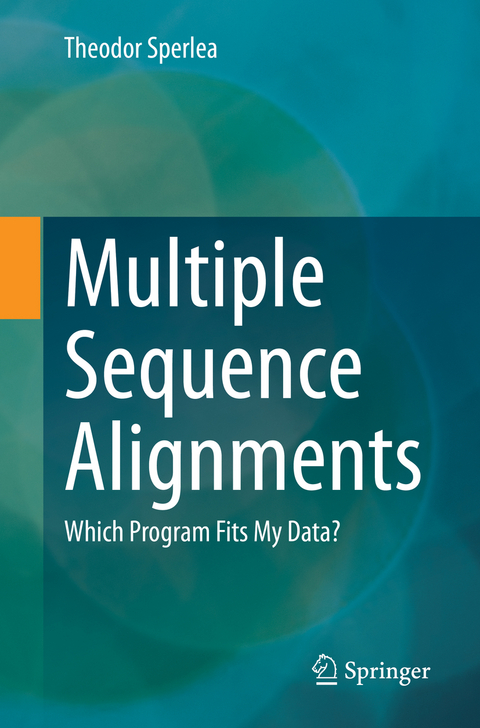Multiple Sequence Alignments
Springer Berlin (Verlag)
978-3-662-64472-0 (ISBN)
lt;b>Theodor Sperlea studied biology and molecular and cellular biology in Marburg with a focus on microbiology and genetics. Early on in his studies, he had the first contact with MSAs as a tool for studying evolutionary relationships between genes in different organisms. Through his doctorate, in which he examined the ecology of microorganisms in lakes using statistical and bioinformatic methods, he was able to gain a deeper insight into the IT side and thus the functioning of MSA programs.
I Background.- 1 Multiple sequence alignments: an introduction.- 2 How do MSA programs work?.- 3 Overview of current MSA programs.- II Which MSA algorithm is right for me?.- 4 Details for analyzing the programs.- 5 Decision support..- Glossary.- Literature.- Index.
| Erscheinungsdatum | 05.03.2022 |
|---|---|
| Zusatzinfo | XI, 103 p. 30 illus. |
| Verlagsort | Berlin |
| Sprache | englisch |
| Maße | 155 x 235 mm |
| Gewicht | 191 g |
| Themenwelt | Informatik ► Weitere Themen ► Bioinformatik |
| Naturwissenschaften ► Biologie ► Genetik / Molekularbiologie | |
| Schlagworte | Algorithmen • Bioinformatics • BLAST • Clustal • ClustalW • MAFFT • multiple alignments • multiple sequence alignments • Muscle • pairwise alignment • Search algorithms • Sequencealignments |
| ISBN-10 | 3-662-64472-X / 366264472X |
| ISBN-13 | 978-3-662-64472-0 / 9783662644720 |
| Zustand | Neuware |
| Haben Sie eine Frage zum Produkt? |
aus dem Bereich




